Nvidia has announced a new flagship series of its GeForce RTX GPU: 4080 and 4090. These GPUs incorporate a new architecture titled Ada Lovelace and contain dual, eighth-generation AV1 encoders to dramatically speed up high-resolution raw videos. Furthermore, this new architecture can improve AI performances in DaVinci Resolve. Read on.
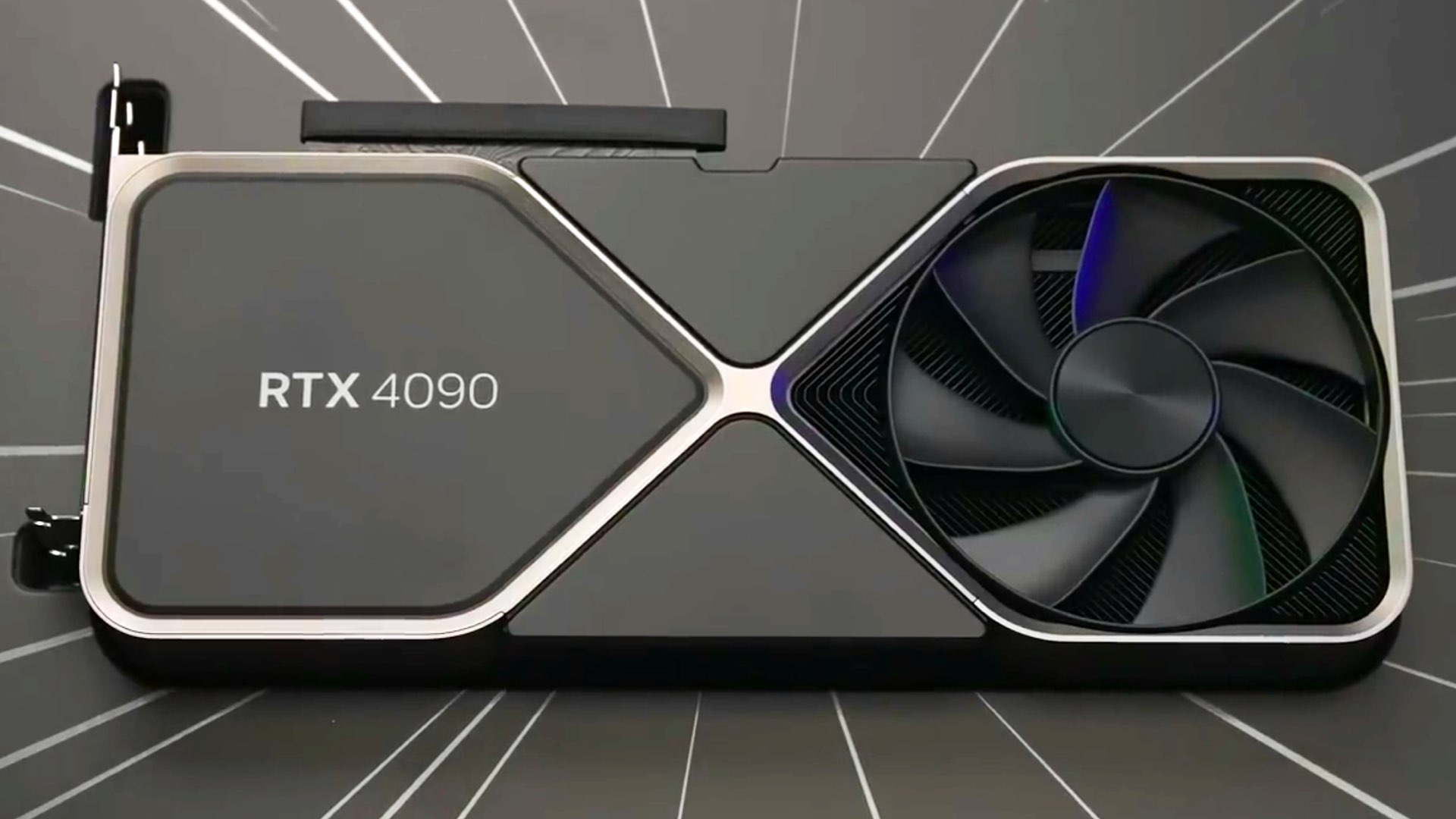
Nvidia GeForce RTX 40
The GeForce RTX 40 series is Nvidia’s next generation GPU and incorporates a new architecture titled Ada Lovelace (English mathematician and writer). There are two cards: RTX 4080 and the top-end 4090 (which will be available next month (12 October 2022). Nvidia is actually offering the RTX 4080 in two models, one with 12GB of GDDR6X memory and another with 16GB of GDDR6X memory, and Nvidia claims it’s 2–4x faster than the existing RTX 3080 Ti. As for the 4090 it will ship with a massive 24GB of GDDR6X memory. Both cards are considered very efficient regarding energy consumption, as claimed by Nvidia.
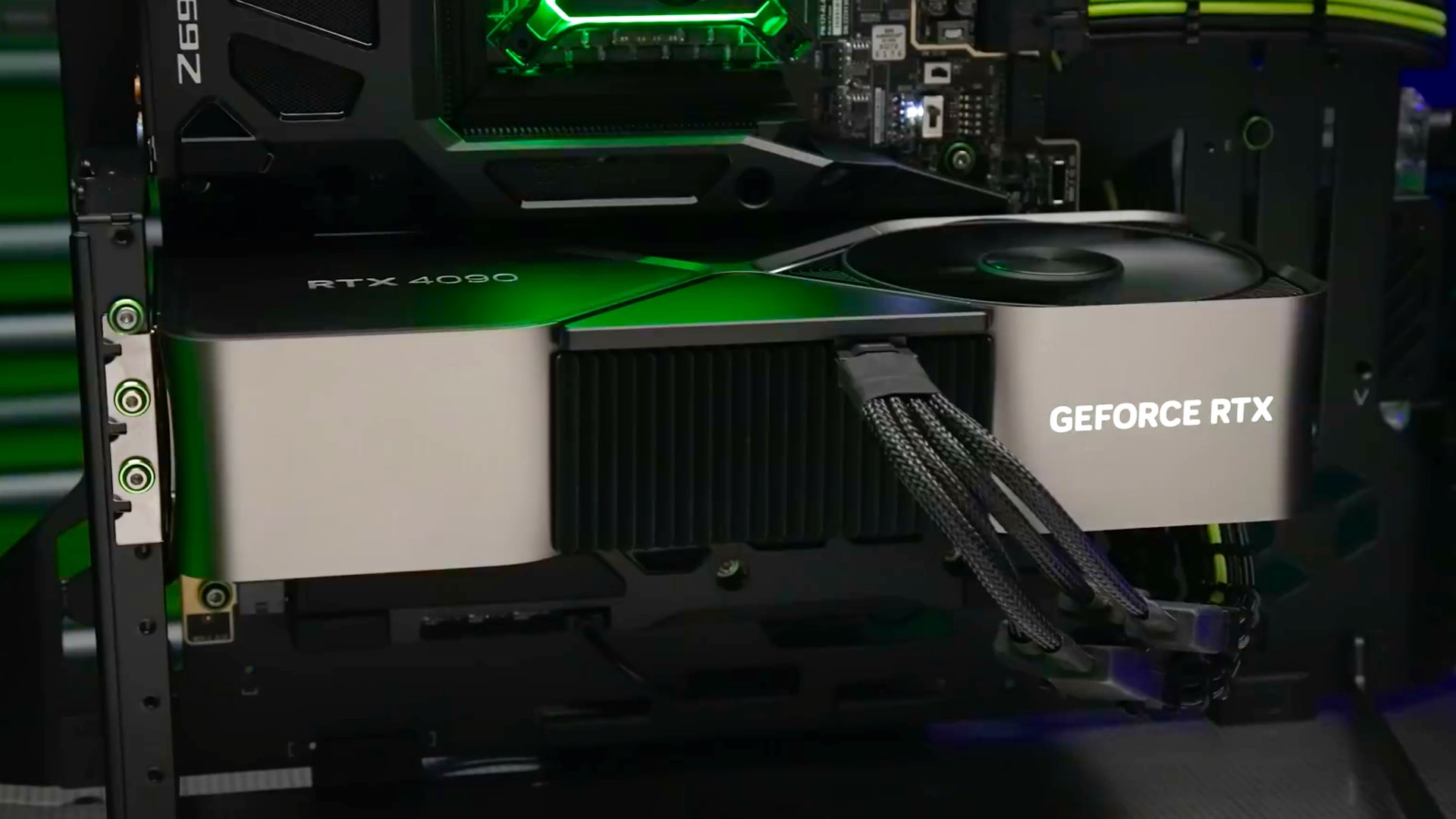
Improved video encoding and AI performances
According to Nvidia, new dual, eighth-generation AV1 encoders, and dedicated hardware on the new GeForce RTX 40 Series GPUs, bring significant boosts for both video editors and live streamers. Video editors cut their export times in half, and the updated tensor cores will boost performance in AI Tools by 70%. Both DaVinci Resolve and Adobe Premiere Pro, are adding support for AV1 and dual encoders. Here’s some FAQ regarding the contribution of the RTX 40 to video editors and colorists:
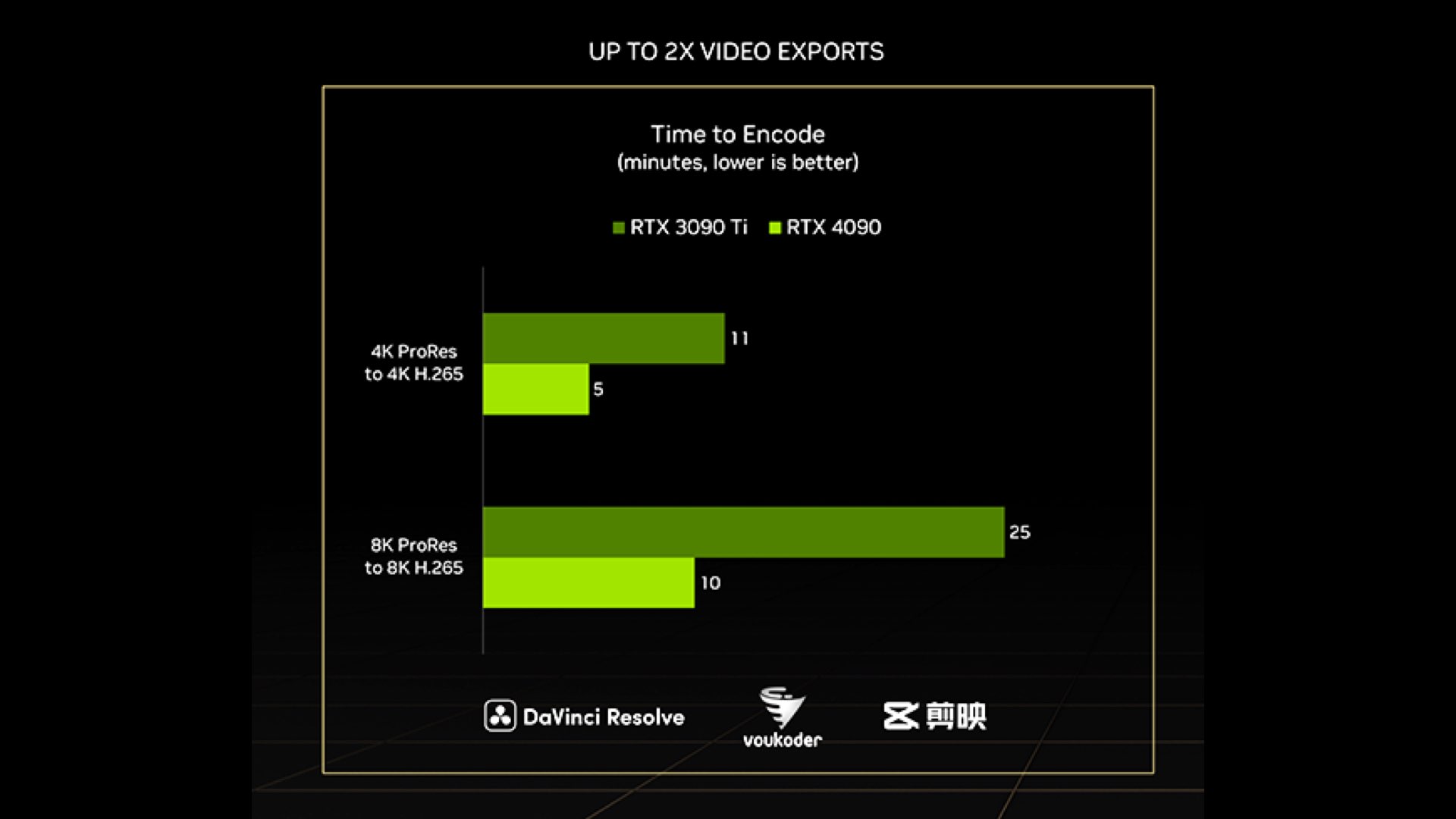
What are the benefits of dual encoders on RTX 40 Series GPUs?
The eighth-generation NVIDIA Encoder (NVENC) with dual encoders works in parallel and can automatically divide work for double the output, enabling video exports up to 2x the prior generation. Eight-gen NVENC’s AV1 support provides 40% more efficient compression over H.264 for higher quality live streams.
How do RTX 40 Series GPUs benefit AI-assisted creative workflows?
AI tools will see up to a 2x speed up with the 4th gen Tensor Cores, making it easier to add advanced effects even aspiring video editors, and automating tedious tasks for pros. Some of these tools in DaVinci Resolve that we highlighted include Super Scale, Speed Warp, Video Rotoscoping with Magic Mask, Depth Estimation, and Surface Tracking.
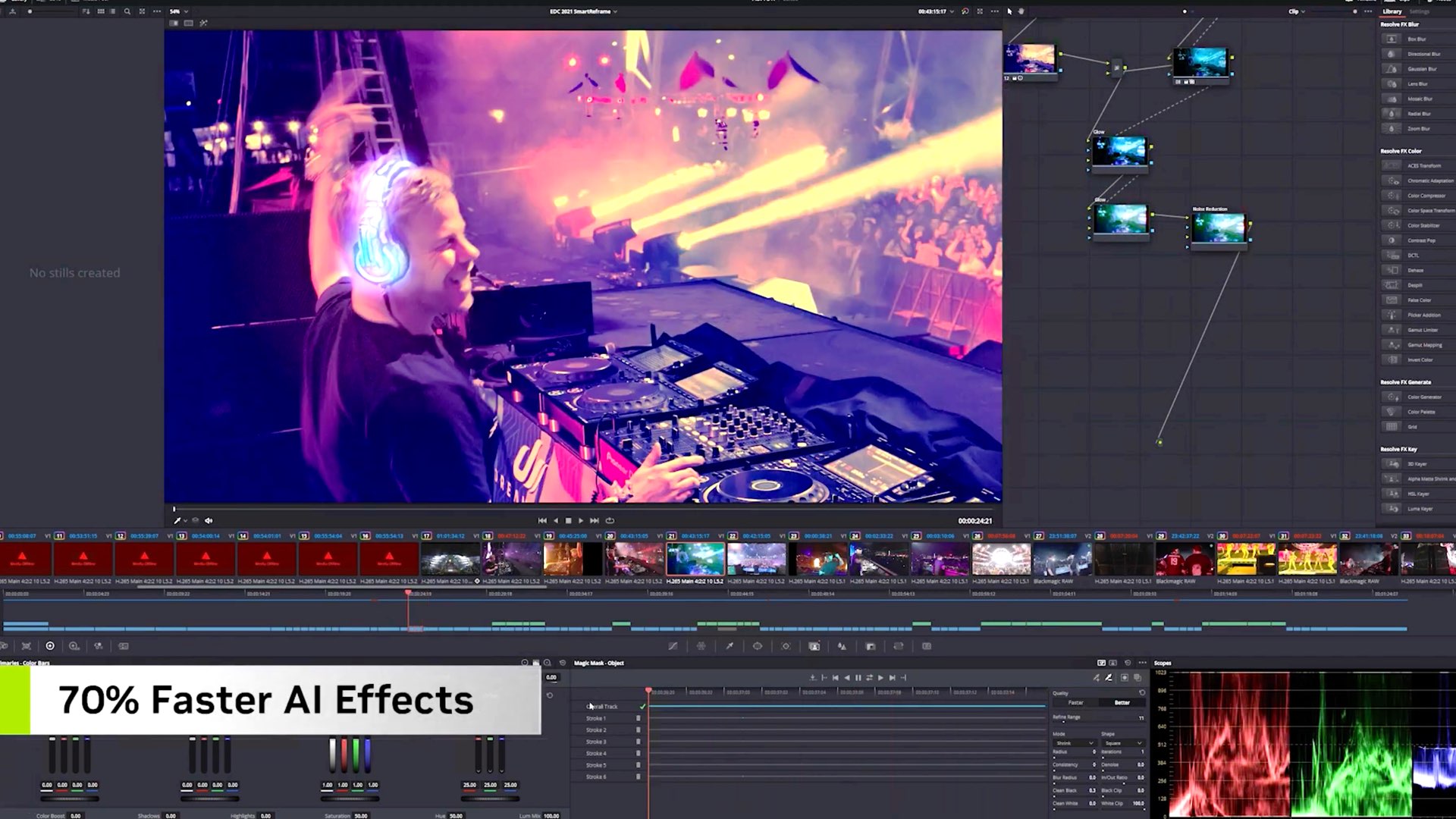
The new GeForce RTX 40 Series GPUs are going to supercharge the speed at which our users are able to produce video through the power of AI and dual encoding — completing their work in a fraction of the time.
Rohit Gupta, director of software development at Blackmagic Design
Implementation in DaVinci Resolve
“The new GeForce RTX 40 Series GPUs are going to supercharge the speed at which our users are able to produce video through the power of AI and dual encoding — completing their work in a fraction of the time,” said Rohit Gupta, director of software development at Blackmagic Design. Furthermore, Nvidia states that: “Professionals can now automate tedious tasks, while aspiring filmmakers can add stylish effects with ease”.
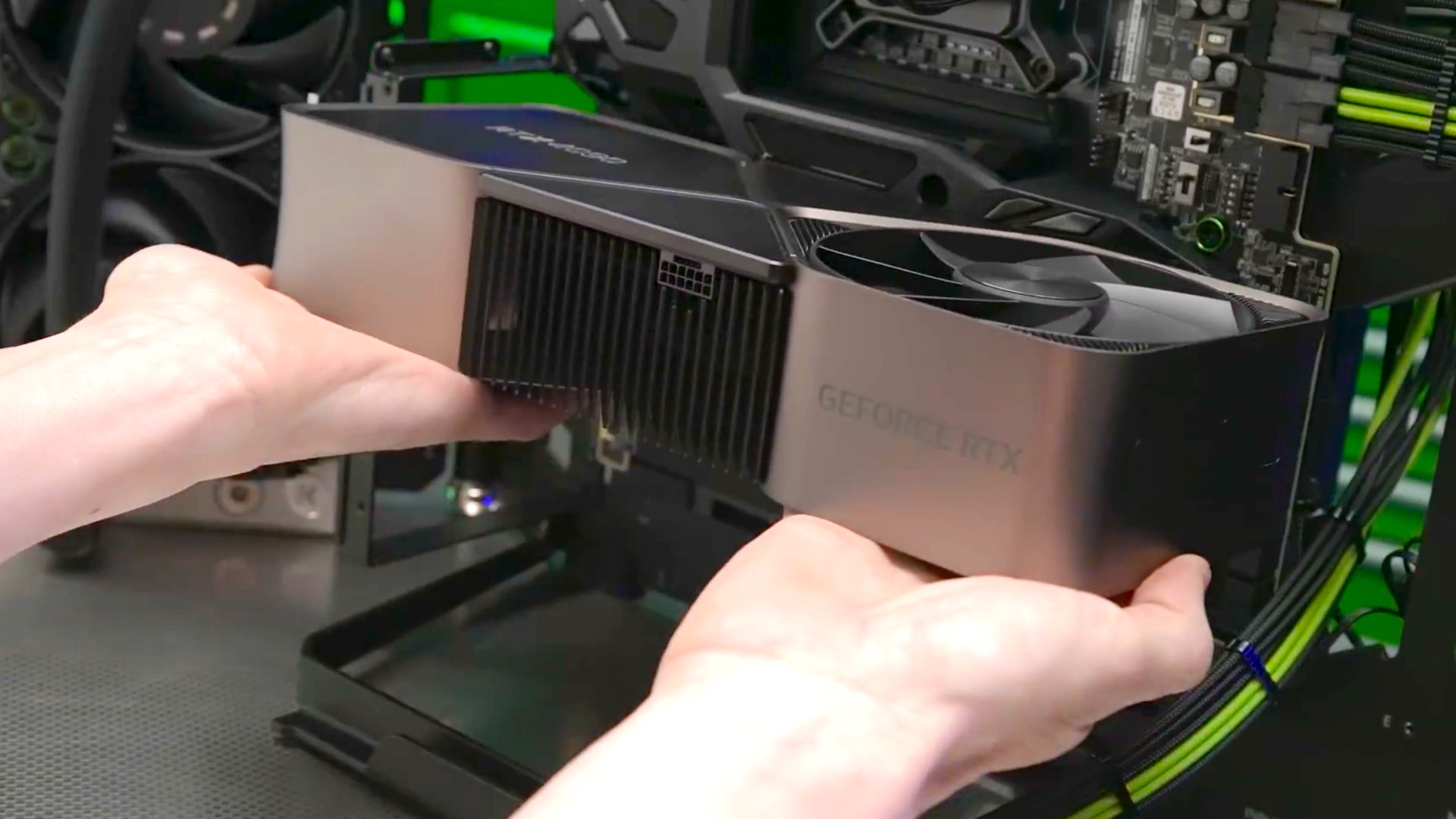
Functions improved in Resolve
The RTX 40 GPUs aim to improve and boost the effectiveness of complex AI tasks in Blackmagic Design’s DaVinci Resolve. For instance: Rotoscoping — the process of highlighting a part of motion footage, typically done frame by frame — can now be done nearly instantaneously with the AI-powered “Object Select Mask” tool Resolve. With GeForce RTX 40 Series GPUs, this feature is 70% faster than with the previous generation. Explore the demonstration below titled “Faster Video Editing with GeForce RTX 40 Series GPUs & DaVinci Resolve” and focused on the improved AI capabilities of Resolve under RTX 40 utilization:
Elimination of proxies
We heard that before. However, Nvidia emphasizes that this powerful RTX 40 series GPU, will eliminate the need of making proxies. As stated: “Content creators using GeForce RTX 40 Series GPUs also benefit from speedups to existing integrations in top video-editing apps. GPU-accelerated effects and decoding save immeasurable time by enabling work with ultra-high-resolution RAW footage in real-time in REDCINE-X PRO, DaVinci Resolve, and Adobe Premiere Pro, without the need for proxies”.
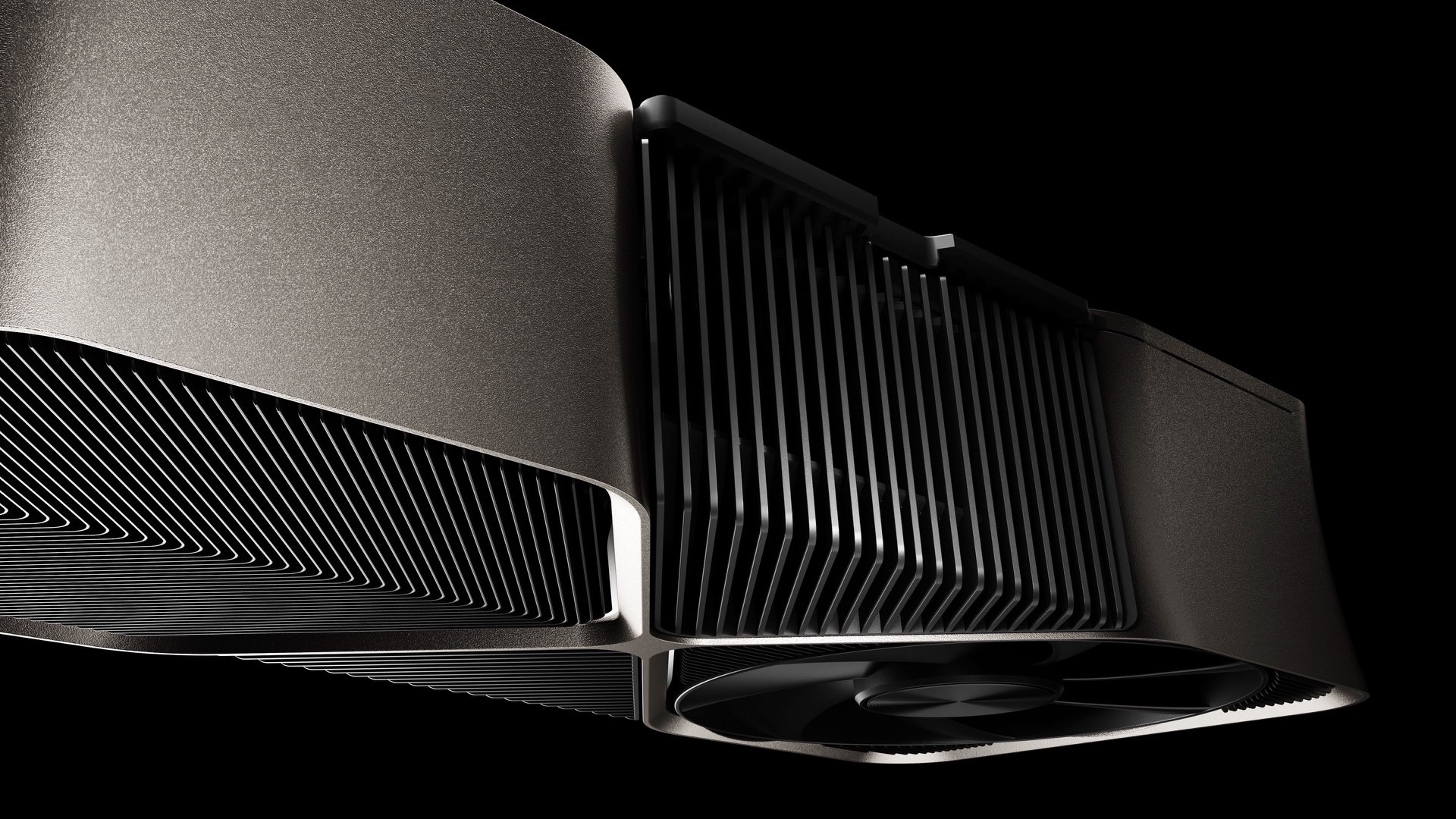
Price and availability
As mentioned, the 4090 will be available next month (October 2022). There’s no date for the 4080, but it’s expected to be released a month after or so. As for the prices: RTX 4080 (12GB) will cost $900, and RTX 4090 will start at $1500.
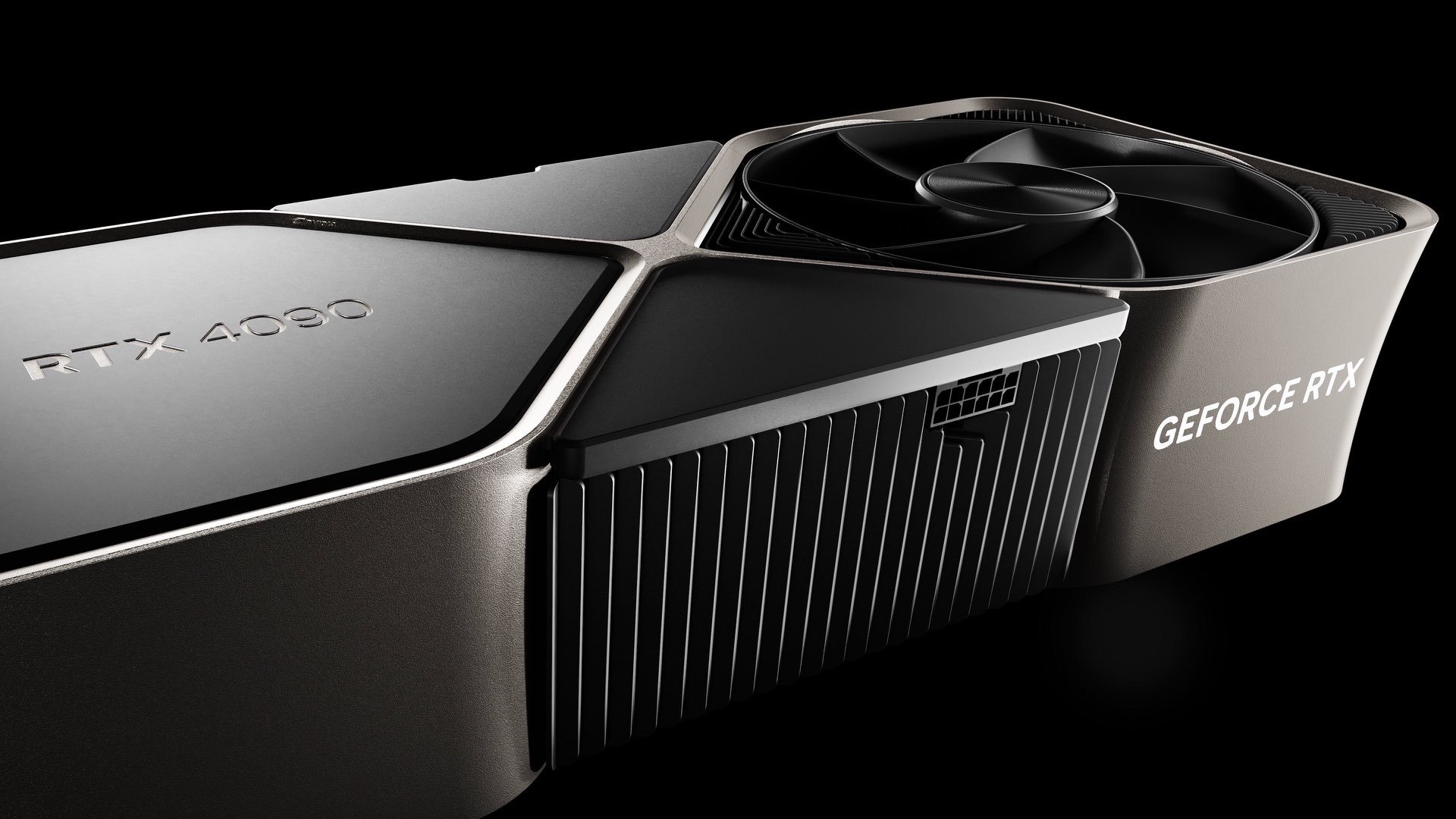
Final thoughts
It seems that the GeForce RTX 40 added value in editing is composed of two parameters: AI, and encoding of 8K raw files. We expect the next Resolve update will include compatibility with the RTX 40. Then it will be interesting to compare export times and AI rendering on Resolve with RTX 4090, to a top-end Apple Silicon Mac. And then do the same comparison but with M2 MacBook Pro vs. RTX Studio armed with 4090 GPU. Which will win?
Product List
Here’re the products mentioned in the article, and the links to purchase them from authorized dealers.
- Nvidia GeForce RTX 4090 GPU
- Blackmagic Design DaVinci Resolve 18 Studio with Speed Editor

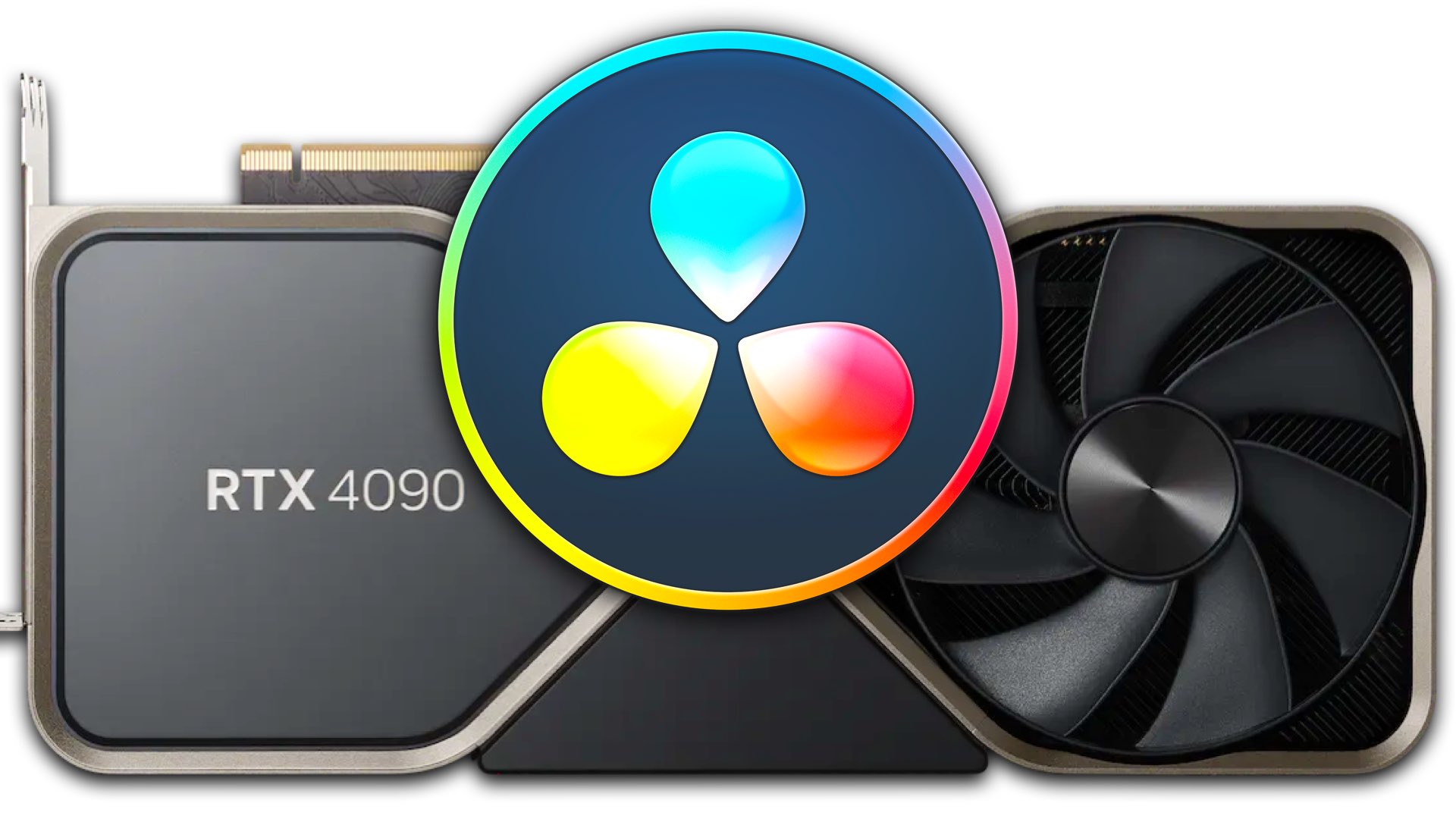

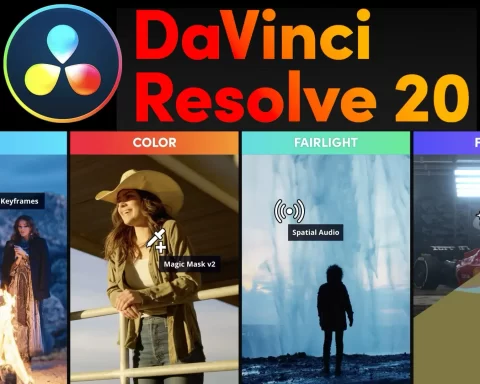
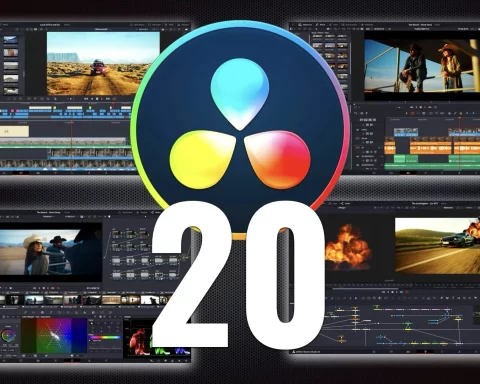

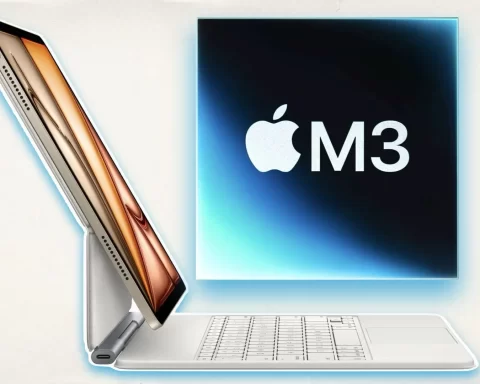
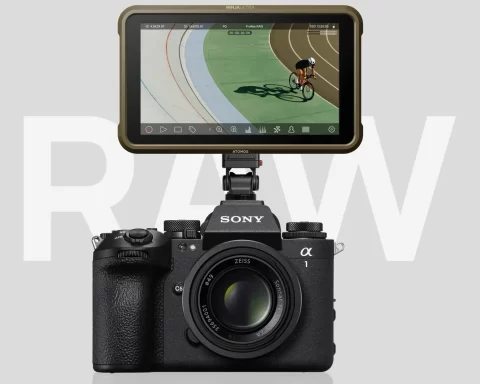

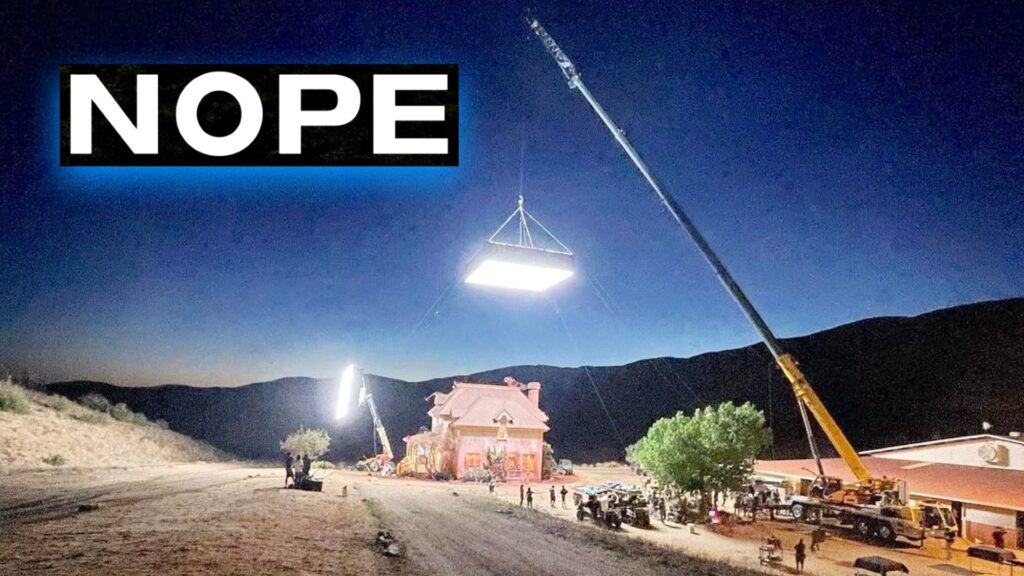

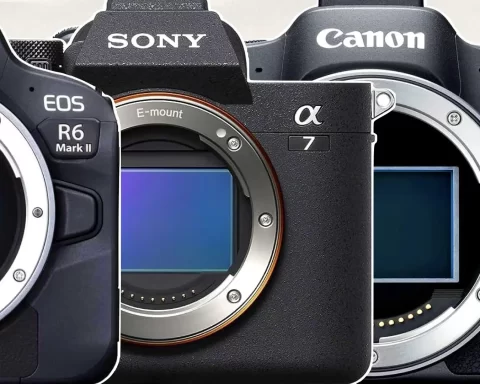
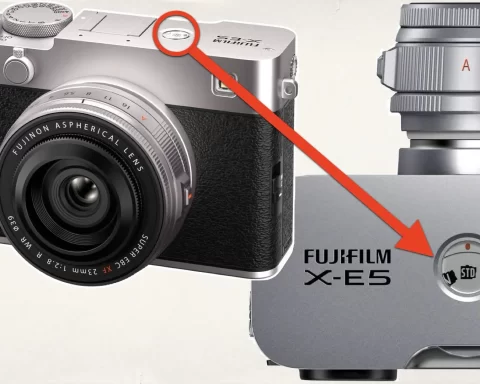

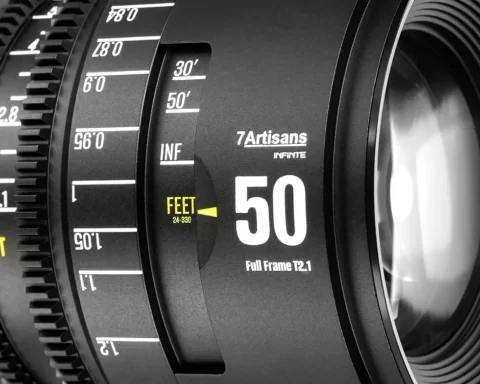

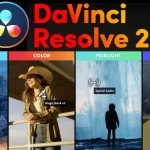
Thanks for the informative article.
What external thunderbolt box is available to use these card with Davinci Resolve for user with computer Mac without internal lines.
Without the specifics of codec support, bit depth etc. This is really just repeating paraphrased marketing. It seems clear the benefits are only for a few very specific workflows with marginal improvement for most of us. At this stage I can’t be sure the audience can view AV1 and nobody should be editing direct from raw no matter how Powerful the gpu is unless they really have to